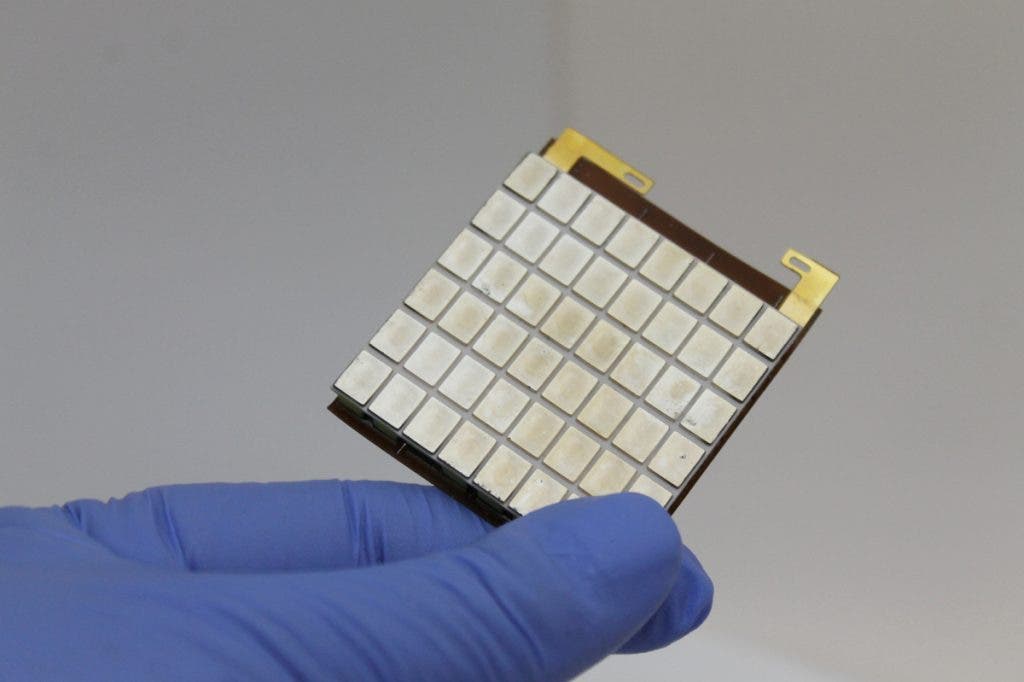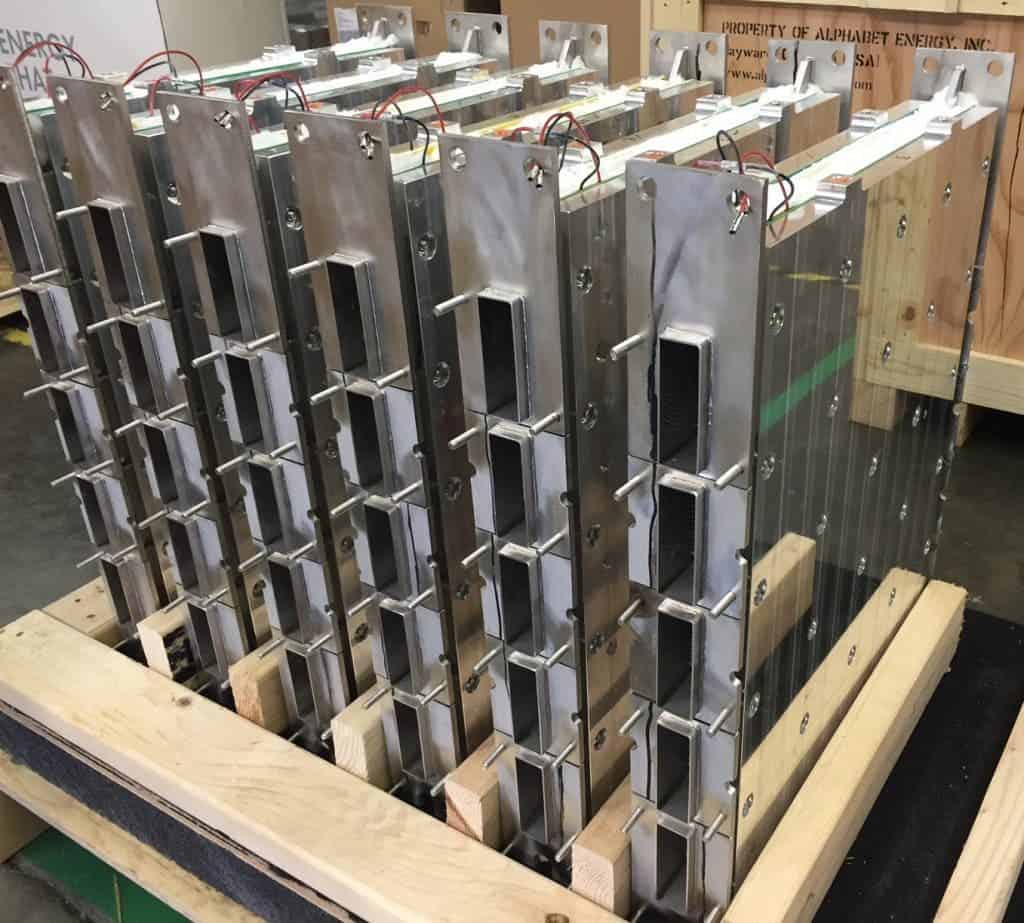If you’ve ever brushed past the tailpipe of a running car, then you know just how smoking hot it can be. And since tailpipes aren’t exactly heating radiators, that’s just wasted energy. Not much you can do, you might say. That’s just the 2nd law of thermodynamics mocking us humans. But there are ways to turn otherwise wasted heat into something useful, like residential heating or electricity. Typically, engineers design systems that transfer the heat to water which then turns to steam and so on until you can get something useful out of it – eventually. There are other ways also which are more convenient in most situation – after all, you can’t fit a steam turbine in your car. For instance, you could use thermoelectric materials that directly convert the heat into electricity.
Thermoelectricity is in fact a two way process. What happens is that when two materials each bearing different temperatures are close to each other, electricity is generated and vice-versa: applying an electric current to a material creates a temperature difference between the two sides. Now, in each case the processes are considered inefficient but when your input is waste anyway, might as well. Some of the first practical applications of thermoelectricity were made in the 1960, in spacecraft. However, to be practical the materials need to be good at conducting electricity, but not at conducting thermal energy. Most materials heat all their sides uniformly, so thermoelectric materials are rare and difficult to manufacture, as well as expensive of course. But there is finally progress.
A start-up called Alphabet Energy has made a new class of thermoelectrics based on a compound called tetrahedrite. It’s called PowerCard – a small printed circuit card with a thermoelectric imbedded in it. The founder of the company and researcher at Michigan State University, Matt Scullin, likens it to a “cell”. “You can almost think of it like how a solar cell is with the sun. You can put one out in the sun, and get a small amount of power, or you could put a square mile of solar cells out in the sun, and you’ve got a power plant,” he told NPR.
“Eventually, we’d like to have thermoelectrics on the human body, and in buildings and in all sorts of other locations,” Scullin says.
The power module can capture heat from any exhaust stream as long as the temperature range falls between 350 and 600 degrees Celsius. In the case of a big industrial waste heat generator, you can bundle more modules. For cars, the extra electricity reduces the load of the electric generator on the engine and increases the mileage. The fuel gains might not seem that impressive for a regular car owner to care, considering the conversion efficiency is around 5%. If you operate a fleet of cars, that’s a different matter. Scullin claims the payback time for buying Alphabet Energy’s waste-to-heat products tends to be between 18 months and three years. This sounds particularly promising if you consider the environmental outcomes. Millions of cars that save even a tiny bit of energy can together have an important positive impact.











